How long is the service life of inert alumina ceramic balls
Its service life is affected by various factors and needs to be analyzed on a case by case basis, such as temperature, pressure, acidity and alkalinity in the usage environment, as well as the types and concentrations of chemicals it comes into contact with. In normal chemical process equipment, when used as a catalyst covering, supporting agent, or protective agent, the product itself generally does not have any problems. However, if the usage environment is harsh, such as high temperature and high pressure, strong acid-base corrosion, frequent temperature fluctuations, or exposure to special chemicals that have a serious corrosive effect on alumina ceramic balls, it may lead to a decrease in the performance and structural damage of the ceramic balls, thereby shortening their service life. In addition, in actual use, if the ceramic ball is subjected to external forces such as mechanical collision and wear, it may also cause problems such as breakage and cracking, affecting its normal use and service life.
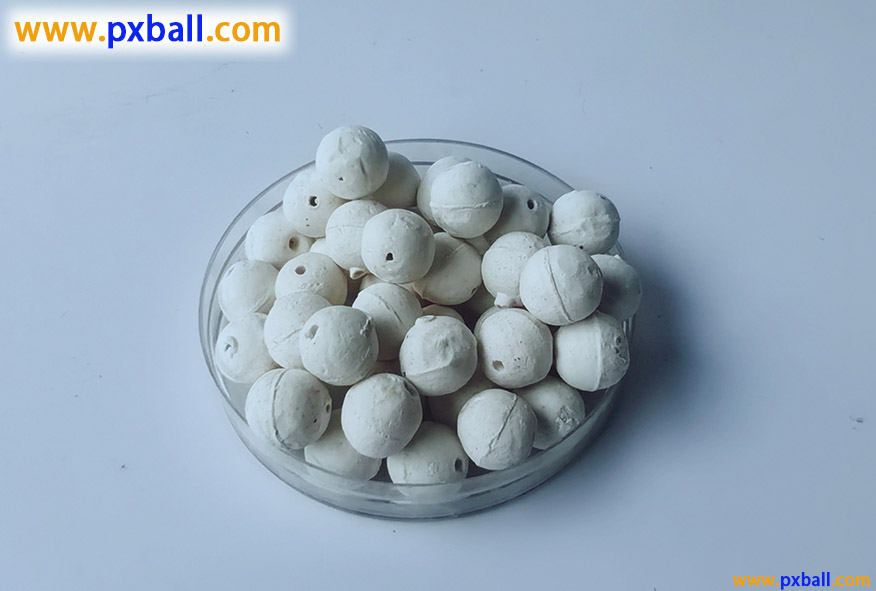
How to extend the service life of inert alumina ceramic balls
1、 Reasonable selection and use
Select based on application scenarios:
The performance requirements for inert alumina ceramic balls vary in different industrial fields and application environments. For example, in high-temperature and high-pressure reactors in the petrochemical industry, ceramic balls with high aluminum content, high temperature resistance, and high compressive strength should be selected; In some environments with high requirements for corrosion resistance, such as waste gas and wastewater treatment equipment in the fertilizer industry or environmental protection field, ceramic balls with good acid and alkali resistance should be selected.
Correct installation and filling:
When installing inert alumina ceramic balls, it is necessary to strictly follow the operating procedures to ensure that the filling of the ceramic balls is uniform and tight. Avoid situations where the local accumulation is too high or too low, in order to prevent the ceramic ball from breaking or wearing due to uneven force during use.
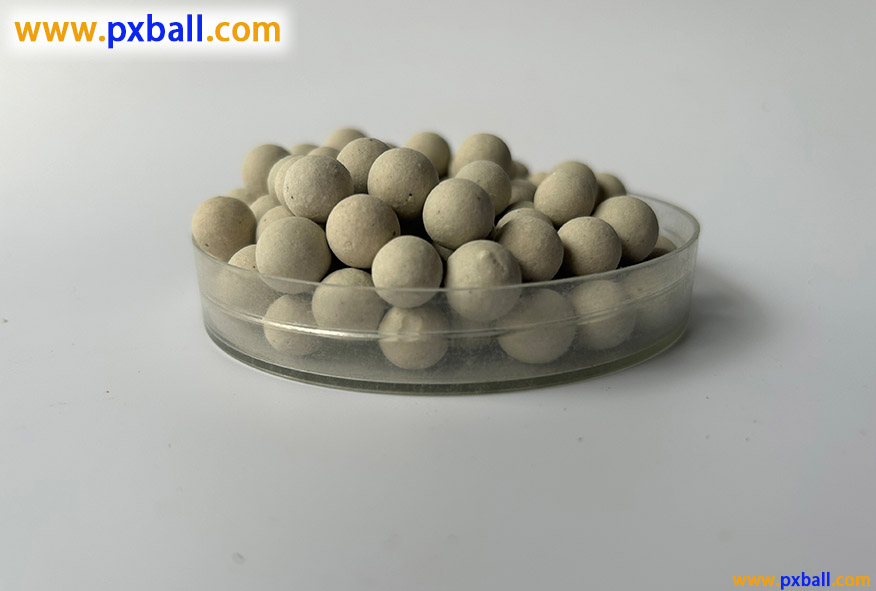
Control temperature and pressure:
Maintain the temperature and pressure of the application environment within the tolerance range of inert alumina ceramic balls. For high-temperature environments, effective insulation measures should be taken to prevent ceramic balls from being exposed to excessively high temperatures for extended periods of time, which could lead to a decrease in their performance or structural damage.
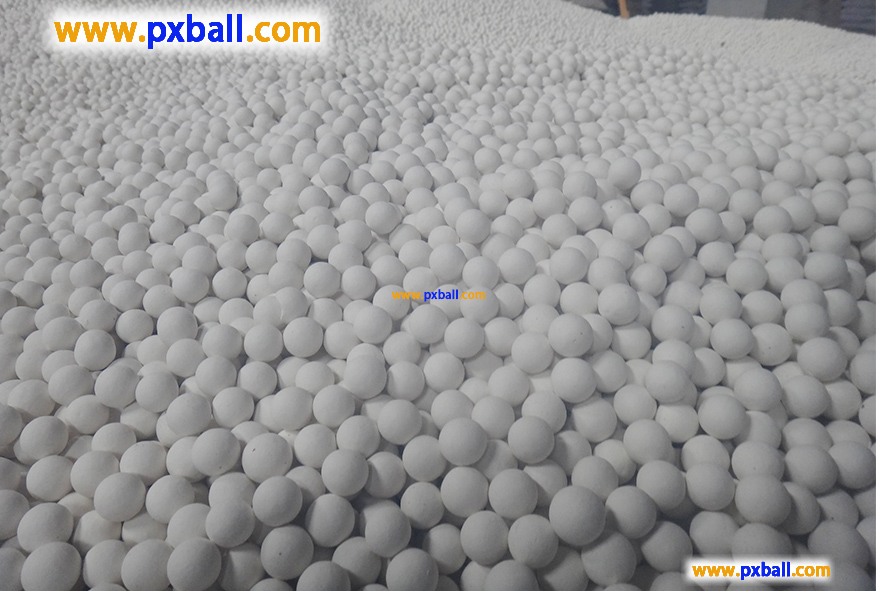
Catalyst Inert Ceramic Packing Process
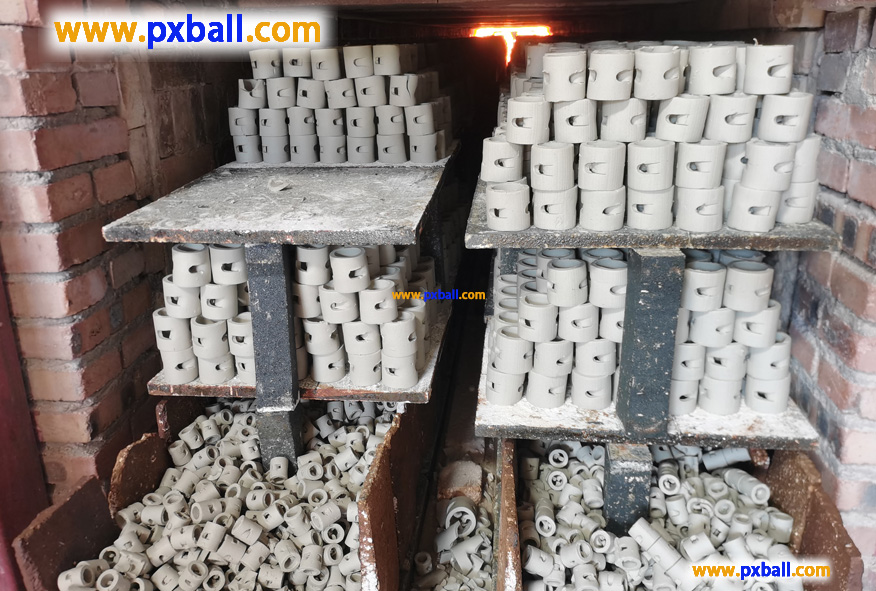
Is ceramic an inert waste?
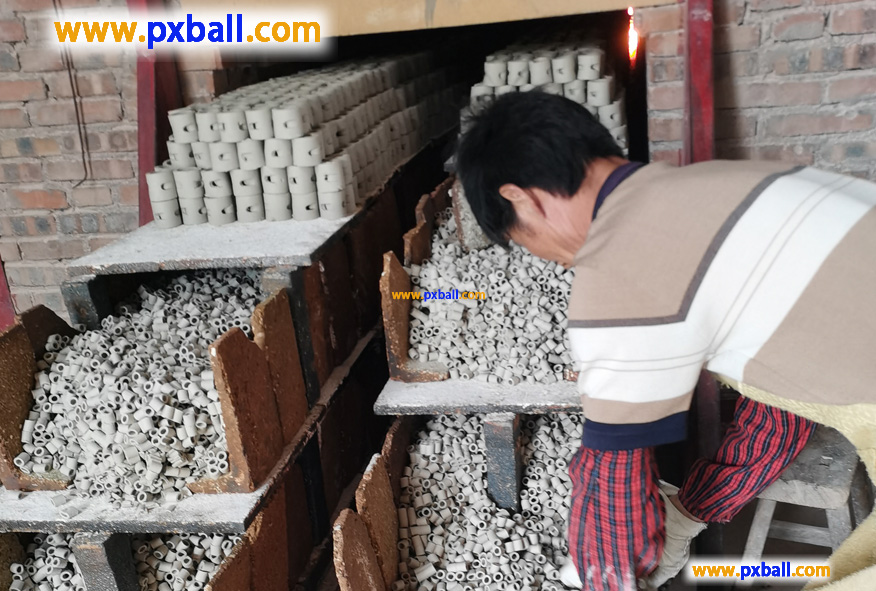
Are ceramics chemically inert?
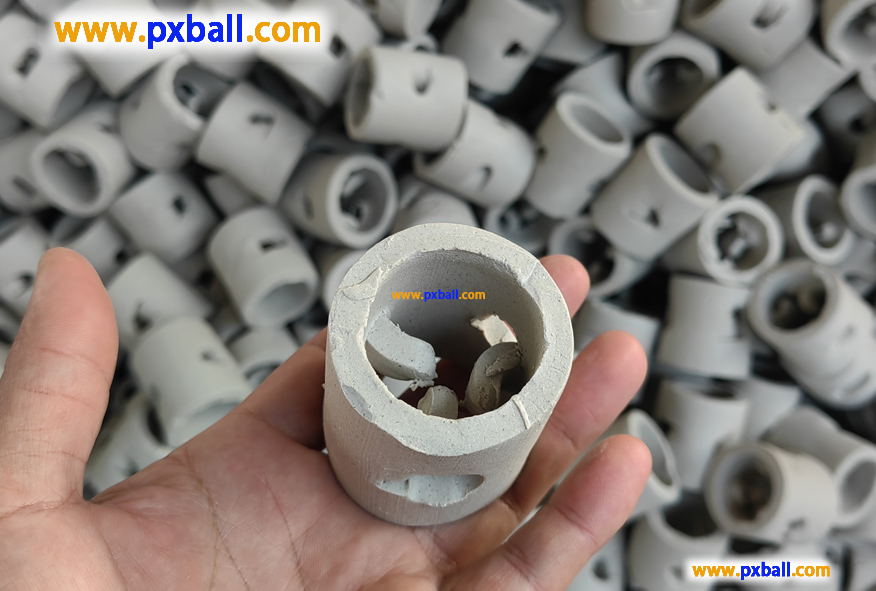
What is inert ceramics?
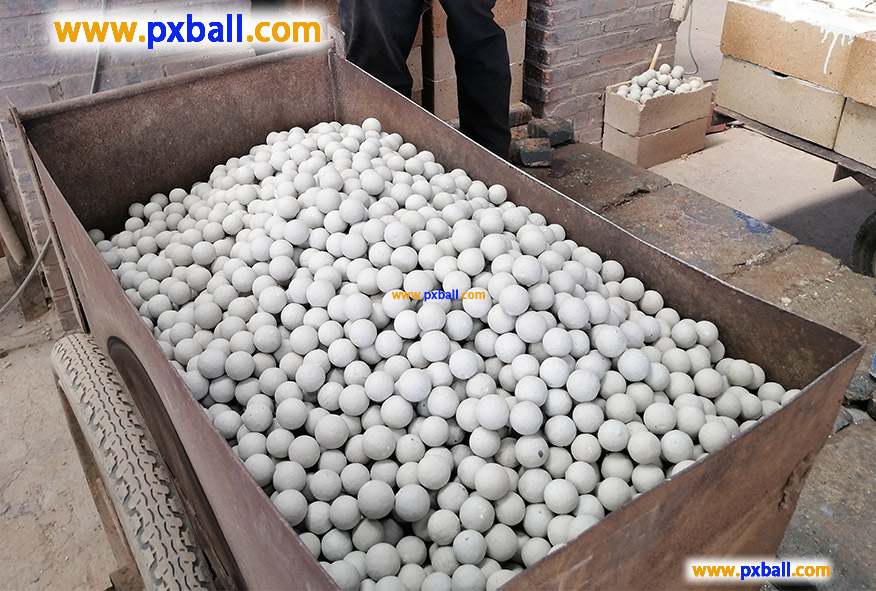
inert alumina ceramic ball density

Why do inert ceramic balls emphasize the level of aluminium content?
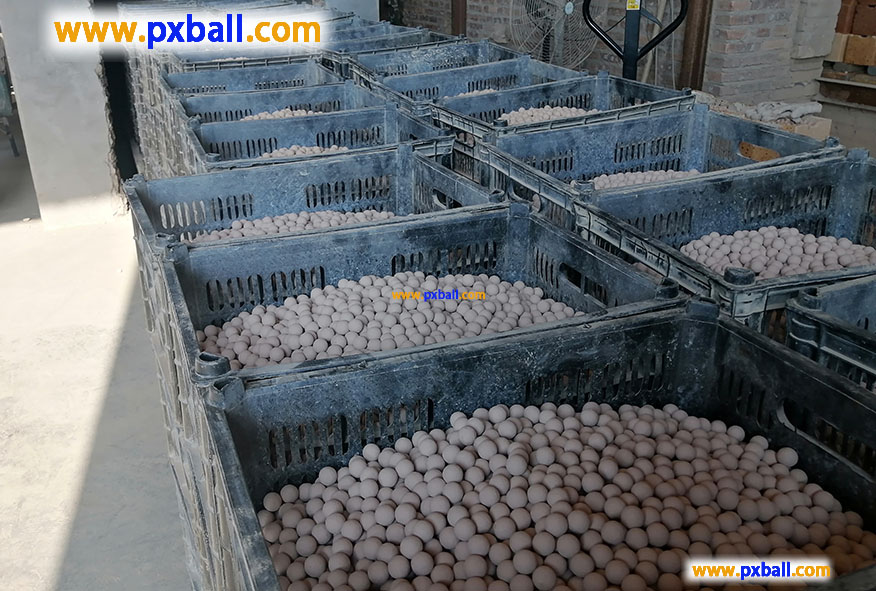
What are alumina ceramic balls used for?
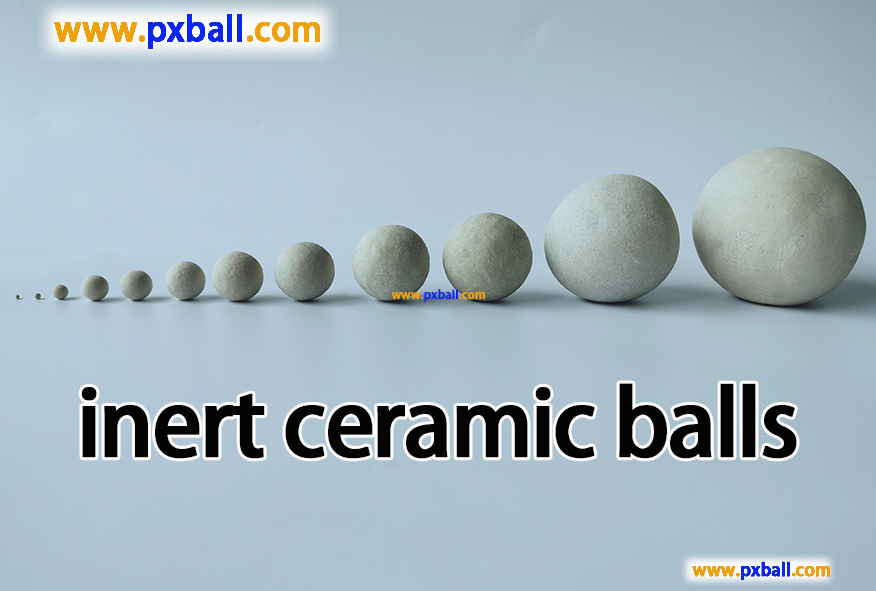
What is inert ceramic ball?